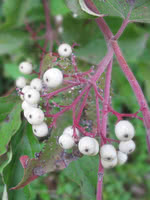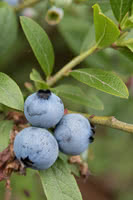Mon-Fri 9am - 5pm Mountain time
Gray Dogwood vs Lowbush Blueberry
Cornus racemosa
Vaccinium angustifolium
CUSTOM GROW
Gray dogwood is a thicket-forming, deciduous shrub with greenish-white blossoms in open, terminal clusters. Young twigs are red and the fruit pedicels remain conspicuously red into late fall and early winter.
Fruit itself is a white, 1/4 in. drupe that usually does not remain on the shrub for long.
Great for naturalizing wild areas, this shrub attracts birds and other wildlife.
Lowbush Blueberry, commonly known as the Wild Lowbush Blueberry, is often wild-harvested and thrives in low pH acidic soil. This early low-bush blueberry produces white and pink bell-shaped flowers in the spring. Its fruit is smaller in size than high bush blueberry plants and is more flavourful with an intense blueberry taste-masking it perfect for fresh eating, baking, and preserves.
Note: Blueberries require very specific soil conditions. They need well-drained soil with a pH between 4.5 and 5.0. If the starting pH of your soil is between 5.1 and 6.2 you can lower it by adding sulfur. We recommend against planting blueberries in soil with a starting pH greater than 6.2. Please do your own research before buying any blueberry plants.

